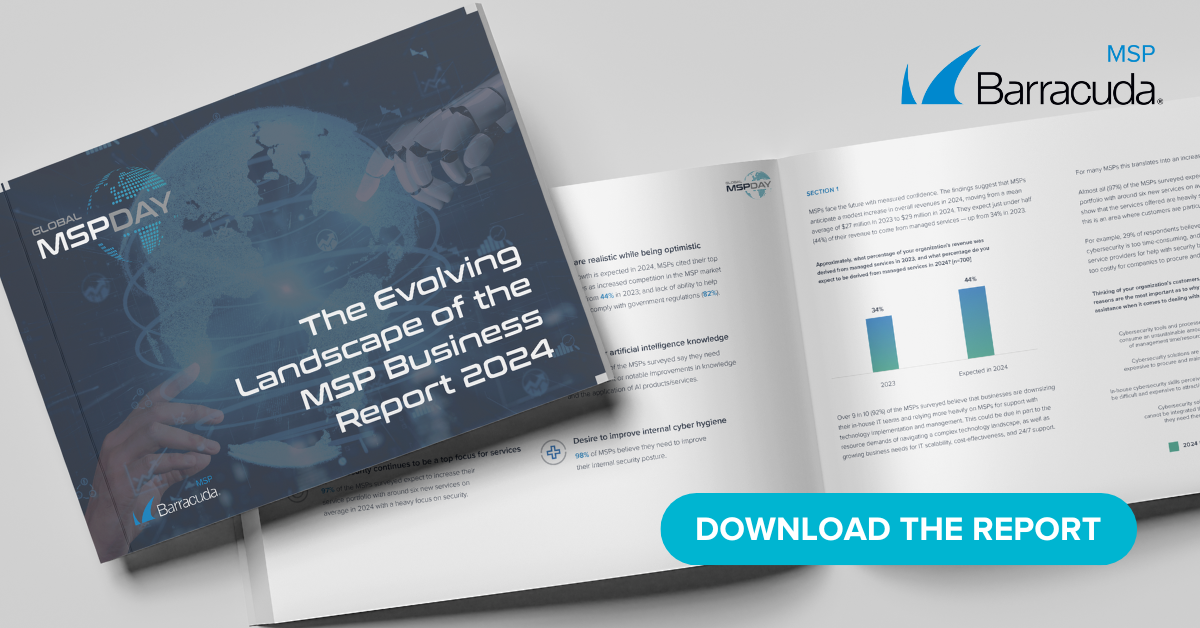 Whether you’re a new MSP or an established service provider, you should take the time to create a business plan. It’s critical to ensuring the success and survival of your company.
Whether you’re a new MSP or an established service provider, you should take the time to create a business plan. It’s critical to ensuring the success and survival of your company.
Having a few general goals in mind isn’t enough. You need to carefully analyze each of your objectives, break down what you need to do to achieve those goals, and then get it all down on paper—and I suggest just ONE sheet of paper!
Keeping your plan concise and focused is crucial. I’ve found it problematic if you try to write a very expansive plan. First, it generally never gets done. Second, it’s hard for others in the organization to understand and comprehend what you’re trying to accomplish, and third, it’s not actionable.
I’ve found that limiting your plan to just one page is most effective because it captures the critical information in a way that’s easy to understand and simple to adjust and update if needed.
We have our one-page plan hanging right in the office kitchen so everyone in the company can see it on a daily basis and keep those plans top of mind. More importantly, they can better understand their individual role in helping the company succeed.
You may be asking yourself “how do I write a business plan?” Here are my five simple steps to create your own one-page business plan: 
1. Identify key trends
Start by looking at the big picture. What are the most important trends affecting MSPs, and what are you going to do to not only be prepared for these changes in the marketplace but to capitalize on them?
For example, are you ready to support virtual machines? Do you offer all the cloud services your SMB customers will be looking for? You don’t want to get stuck trying to catch up with competitors just because you weren’t thinking far enough ahead. Remember, you need to identify both short-term and long-term trends impacting the MSP channel.
2. Determine your critical metrics
Next, figure out what the key metrics are for your business and make sure you’re tracking each one. For example, metrics that matter for many MSPs include: new customers signed, revenue per account, account growth rates, overall revenue, EBITDA (profit), pipeline value, close rates, and average help desk ticket age in hours. These are just a few ideas. You may measure your business differently.
Then, decide what targets should be associated with each of these metrics. Take an honest look at what you want to achieve, how trends will affect those numbers, and the two or three critical developments that have to happen to make each target possible. For example, do you need to go market with a new offering by a certain date or bring on a certain number of new clients? If you don’t take the time to pinpoint these steps, your goals will just be numbers on a page.
3. Establish priorities
When planning, make sure you take a long-term view of your business. Where do you want to be in three years? Choose a few key initiatives that will help you take the company in the direction you want to go. As an MSP, maybe you want to focus on transitioning a certain number of break-fix customers to recurring revenue accounts or establishing an expertise in a specific vertical like health care or finance. Then you will want to identify any business and skill set gaps you need to fill to reach your goals.
You should also take a hard look at what your business needs to stop doing so you can focus on new initiatives. Is there a product or service you should stop selling? This is often more important than figuring out what new things you need to start doing.
4. Run the numbers
One step that MSPs often forget is looking at what it will cost to grow their business. Make sure you take this into account when creating your plan—and your budget. According to research from The 2112 Group, the average IT solution provider has less than 5 percent capital to invest in growth, which often isn’t enough for accelerated growth and isn’t being spent strategically. Make sure you budget for costs associated with planned growth, such as additional employees or more hardware, as well as sales and marketing expenses needed to secure new business.
5. Get it all down on paper
Once you’ve analyzed key trends and metrics and decided on long-term and short-term goals, you need to get it all down on paper so you can hold yourself accountable and stay focused. I recommend keeping it simple and limiting your plan to one page that boils it all down to the essentials, including:
- Long-term mission
- Brand promise
- Customer target segments
- Core values and culture
- Big hairy audacious goal
- 3-year targets
- 1-year goals
- 1-year priorities
- 3-year priorities
- Critical KPIs to measure
- Strengths
- Weaknesses
- Opportunities
- Threats
By pulling all of this information together in a simple, straightforward way, you’ll be able to easily keep track of your short-term and long-term goals, the key initiatives that will help you achieve those goals, and the opportunities and threats that you need to be prepared for.
Don’t put off creating your one-page business plan. To help you get started, I’ve created a template based on our one-page plan we use at Intronis that you can use as a guide.
I also wrote up a sample business plan for an MSP that should help give you some ideas. These resources should help you plan ahead and make smart choices for the future of your MSP business.
If you’re ready to learn even more about business planning, watch the webinar replay with Gary Pica.
Image courtesy of patpitchaya on FreeDigitalPhotos.net.
